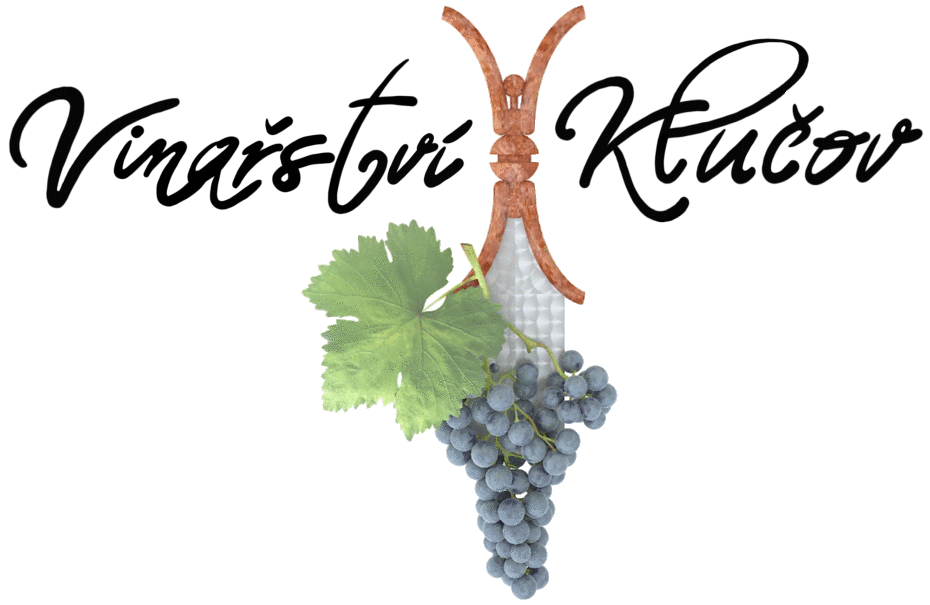[trx_blogger count=”2″ visible=”2″ orderby=”date” order=”desc” style=”image_large” dir=”horizontal” rating=”no” descr=”150″ cat=”22″ offset=”1″]
[trx_line style=”solid” top=”0″ bottom=”30″ width=”50%” align=”center”]
[trx_blogger count=”3″ visible=”3″ orderby=”date” order=”desc” style=”image_medium” dir=”horizontal” rating=”no” descr=”300″ cat=”22″ offset=”1″]
[trx_line style=”solid” top=”0″ bottom=”30″ width=”50%” align=”center”]
[trx_blogger count=”4″ visible=”4″ orderby=”date” order=”desc” style=”image_small” dir=”horizontal” rating=”no” descr=”150″ cat=”22″ offset=”1″]
[trx_line style=”solid” top=”0″ bottom=”30″ ]
[trx_section align=”right” columns=”1_2″]
[trx_blogger count=”2″ visible=”4″ orderby=”alpha” cat=”masonry-demo” order=”asc” style=”image_large” dir=”vertical” rating=”no” descr=”300″ cat=”22″ offset=”1″ bottom=”10″]
[/trx_section]
[trx_title type=”4″]Style “image_large” (Vertical)[/trx_title]
Though wild grapevines have grown on the Italian peninsula since prehistory, historians are unable to determine precisely when domestic viticulture and winemaking first occurred. It is possible that the Mycenaean Greeks had some influences through early settlements in southern Italy, but the earliest recorded evidence of Greek influence dates to 800 BC. Viticulture was widely entrenched in Etruscan civilization, which was centered around the modern winemaking region of Tuscany. Because the ancient Greeks saw wine as a staple of domestic life and a viable economic trade commodity, their settlements were encouraged to plant vineyards for local use and trade with the Greek city-states. Southern Italy’s abundance of indigenous vines provided an ideal opportunity for wine production, giving rise to the Greek name for the region: Oenotria (“land of vines”). As Rome grew from a collection of settlements to a kingdom and then to a republic, the culture of Roman winemaking was increasingly influenced by the viticultural skills and techniques of the regions that were conquered and integrated into the Roman Empire, which once, was almost completely dry. The Greek settlements of southern Italy were completely under Roman control by 270 BC. The Etruscans, who had already established trade routes into Gaul, were completely conquered by the 1st century BC.
The Punic Wars with Carthage had a particularly marked effect on Roman viticulture. In addition to broadening the cultural horizons of the Roman citizenry, Carthaginians also introduced them to advanced viticultural techniques, in particular the work of Mago. When the libraries of Carthage were ransacked and burned, among the few Carthaginian works to survive were the 26 volumes of Mago’s agricultural treatise, which was subsequently translated into Latin and Greek in 146 BC. Although his work did not survive to the modern era, it has been extensively quoted in the influential writings of Romans Pliny, Columella, Varro and Gargilius Martialis.
For most of Rome’s winemaking history, Greek wine was the most highly prized, with domestic Roman wine commanding lower prices. There was a scarcity of wine in the early time period, which is in the later writings of the Romans a lot of people looked at these writings as historical facts. The 2nd century BC saw the dawn the “golden age” of Roman winemaking and the development of grand cru vineyards (a type of early first growths in Rome). The famous vintage of 121 BC became known as the Opimian vintage, named for consul Lucius Opimius. Remarkable for its abundant harvest and the unusually high quality of wine produced, some of the vintage’s best examples were being enjoyed over a century later.
[trx_line style=”solid” top=”30″ bottom=”30″]
[trx_section align=”left” columns=”1_2″]
[trx_blogger count=”2″ orderby=”alpha” order=”asc” cat=”22″ style=”image_medium” dir=”vertical” rating=”no” descr=”150″ offset=”1″ bottom=”0″]
[/trx_section]
[trx_title type=”4″]Style “image_medium” (Vertical)[/trx_title]
Pliny the Elder wrote extensively about the first growths of Rome—most notably Falernian, Alban and Caecuban wines. Other first-growth vineyards included Rhaeticum and Hadrianum, along the Po river in what are now the modern-day regions of Lombardy and Venice respectively; Praetutium (not related to the modern Italian city of Teramo, historically known as Praetutium) along the Adriatic coast near the border of Emilia-Romagna and Marche; and Lunense in modern-day Tuscany. Around Rome itself were the estates of Alban, Sabinum, Tiburtinum, Setinum and Signinum. Southward to Naples were the estates of Caecuban, Falernian, Caulinum, Trebellicanum, Massicum, Gauranium, and Surrentinum. In Sicily was the first-growth estate of Mamertinum.
At this high point in the empire’s history of wine, it was estimated that Rome was consuming over 180 million litres (47 million US gallons) of wine annually, about a bottle of wine each day for every citizen.
One of the most important wine centres of the Roman world was the city of Pompeii, located south of Naples. The area was home to a vast expanse of vineyards, serving as an important trading city with Roman provinces abroad and the principal source of wine for the city of Rome.
[trx_line style=”solid” top=”30″ bottom=”30″]
[trx_section align=”right” columns=”1_2″ ]
[trx_blogger count=”2″ orderby=”alpha” order=”asc” cat=”masonry-demo” style=”image_small” dir=”vertical” rating=”no” descr=”300″ cat=”22″ offset=”1″ bottom=”0″]
[/trx_section]
[trx_title type=”4″]Style “image_small” (Vertical)[/trx_title]
The Pompeians themselves developed a widespread reputation for their wine-drinking capacity. The prevalent worship of Bacchus, the god of wine, left depictions of the god on frescoes and archaeological fragments throughout the region. Amphoras stamped with the emblems of Pompeian merchants have been found across the modern-day remnants of the Roman empire, including Bordeaux, Narbonne, Toulouse and Spain. Evidence in the form of counterfeit stamps on amphoras of non-Pompeian wine suggests that its popularity and notoriety may have given rise to early wine fraud. The 79 AD eruption of Mount Vesuvius had a devastating effect on the Roman wine industry. Vineyards across the region and warehouses storing the recent 78 AD vintage were decimated, resulting in a dramatic shortage of wine. The damage to the trading port hindered the flow of wine from Rome’s outlying provinces, aggravating its scarcity. Available wine rose sharply in price, making it unaffordable to all but the most affluent. The wine famine caused panicking Romans to hurriedly plant vineyards in the areas near Rome, to such an extent that grain fields were uprooted in favor of grapevines.
The subsequent wine surplus created by successful efforts to relieve the wine shortage caused a depression in price, hurting the commercial entrance of wine producers and traders. The uprooting of grain fields now contributed to a food shortage for the growing Roman population. In 92 AD, Roman Emperor Domitian issued an edict that not only banned new vineyards in Rome but ordered the uprooting of half of the vineyards in Roman provinces. Although there is evidence to suggest that this edict was largely ignored in the Roman provinces, wine historians have debated the effect of the edict on the infant wine industries of Spain and Gaul. The intent of the edict was that fewer vineyards would result in only enough wine for domestic consumption, with sparse amount for trade. While vineyards were already established in these growing wine regions, the ignoring of trade considerations may have suppressed the spread of viticulture and winemaking in these areas. Domitian’s edict remained in effect for nearly two centuries until Emperor Probus repealed the measure in 280 AD.

